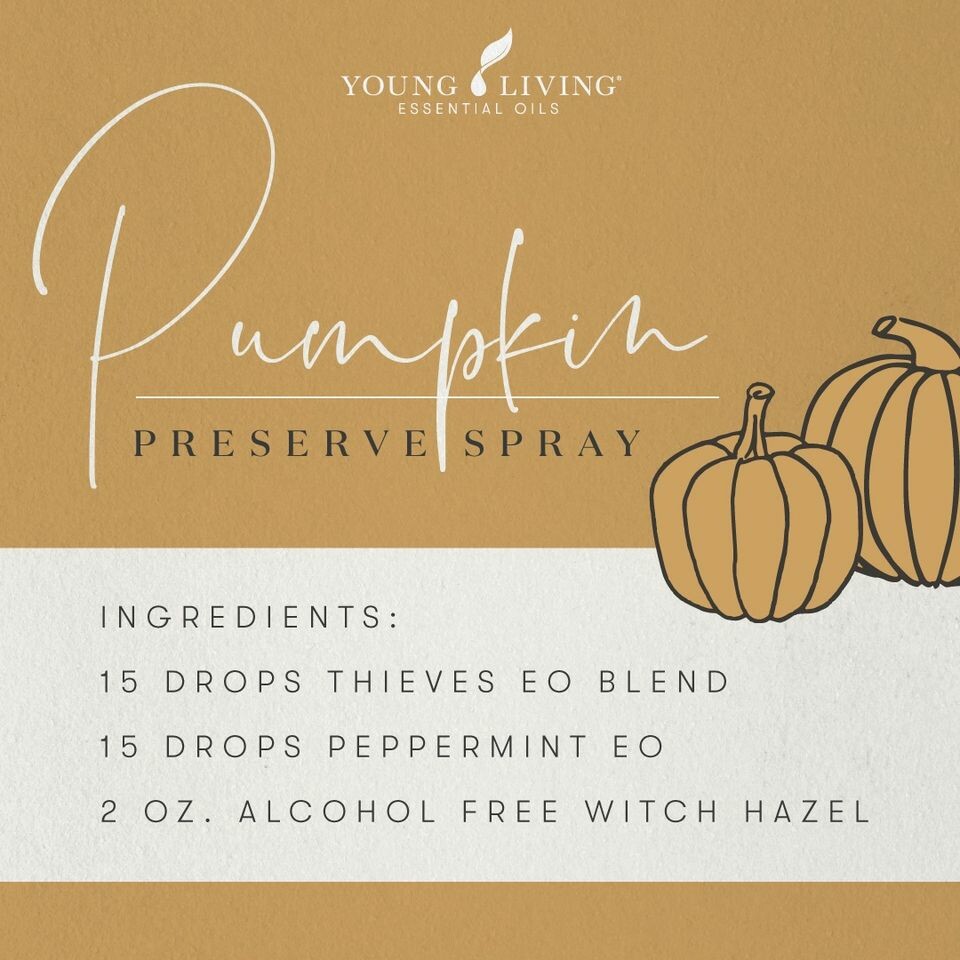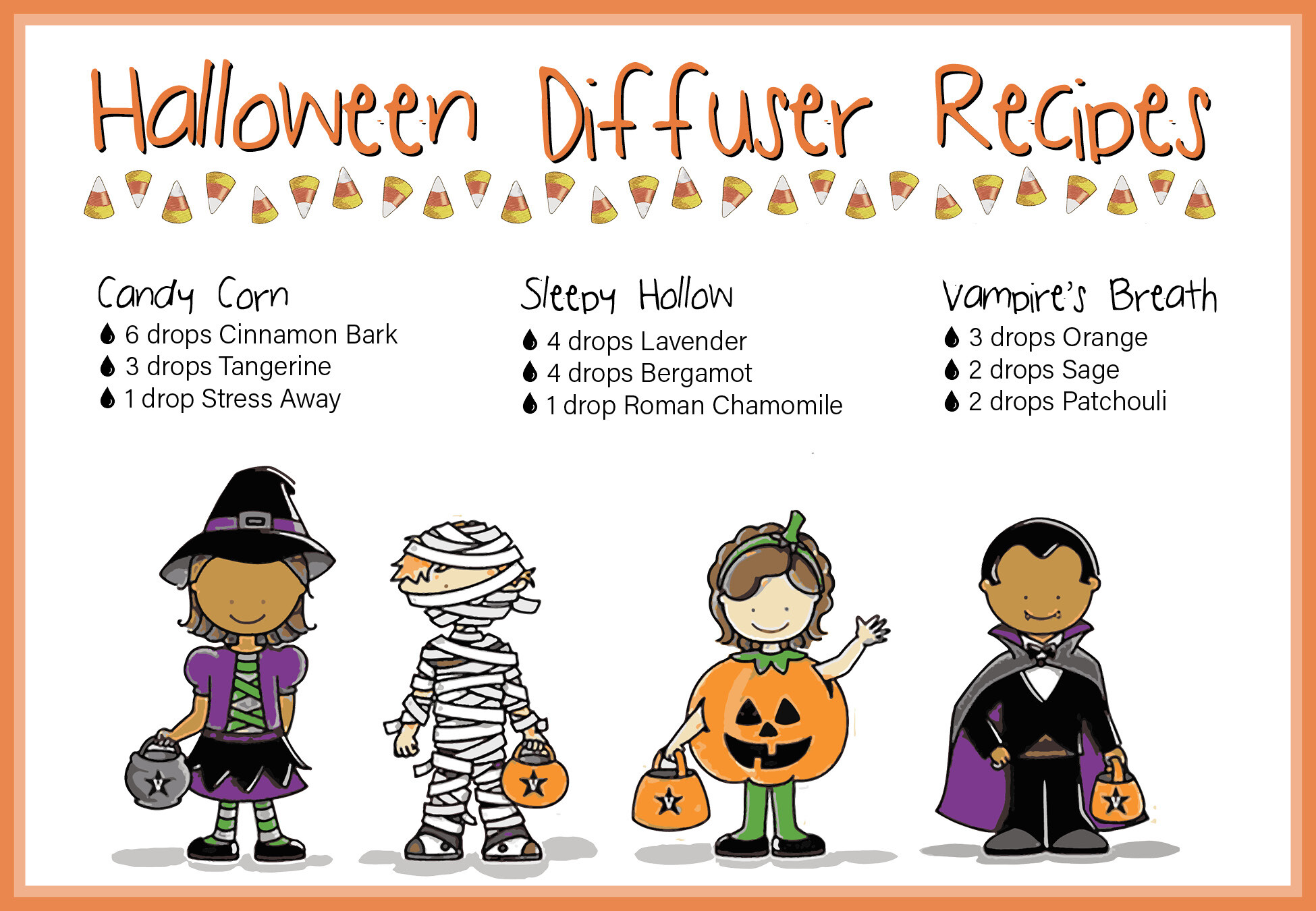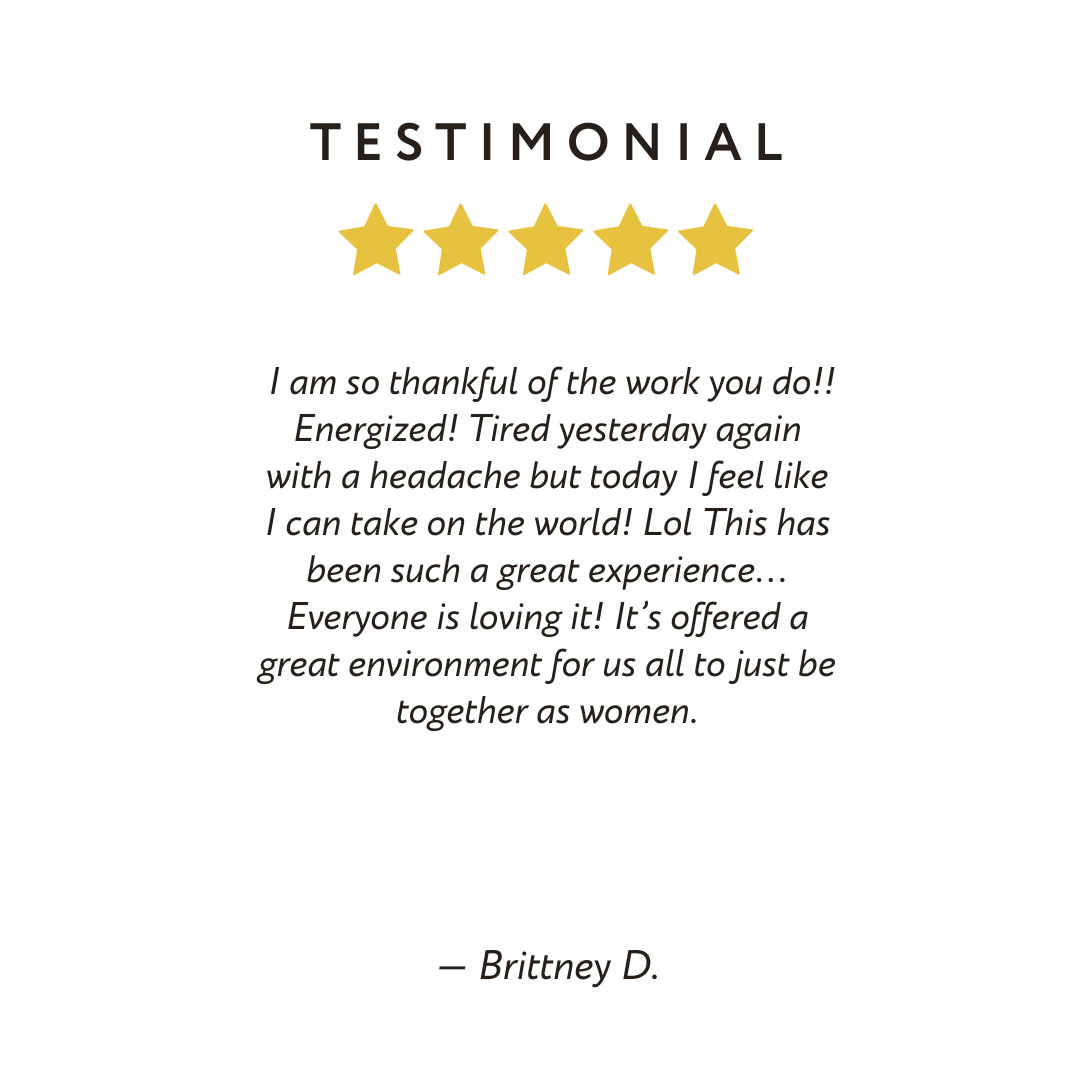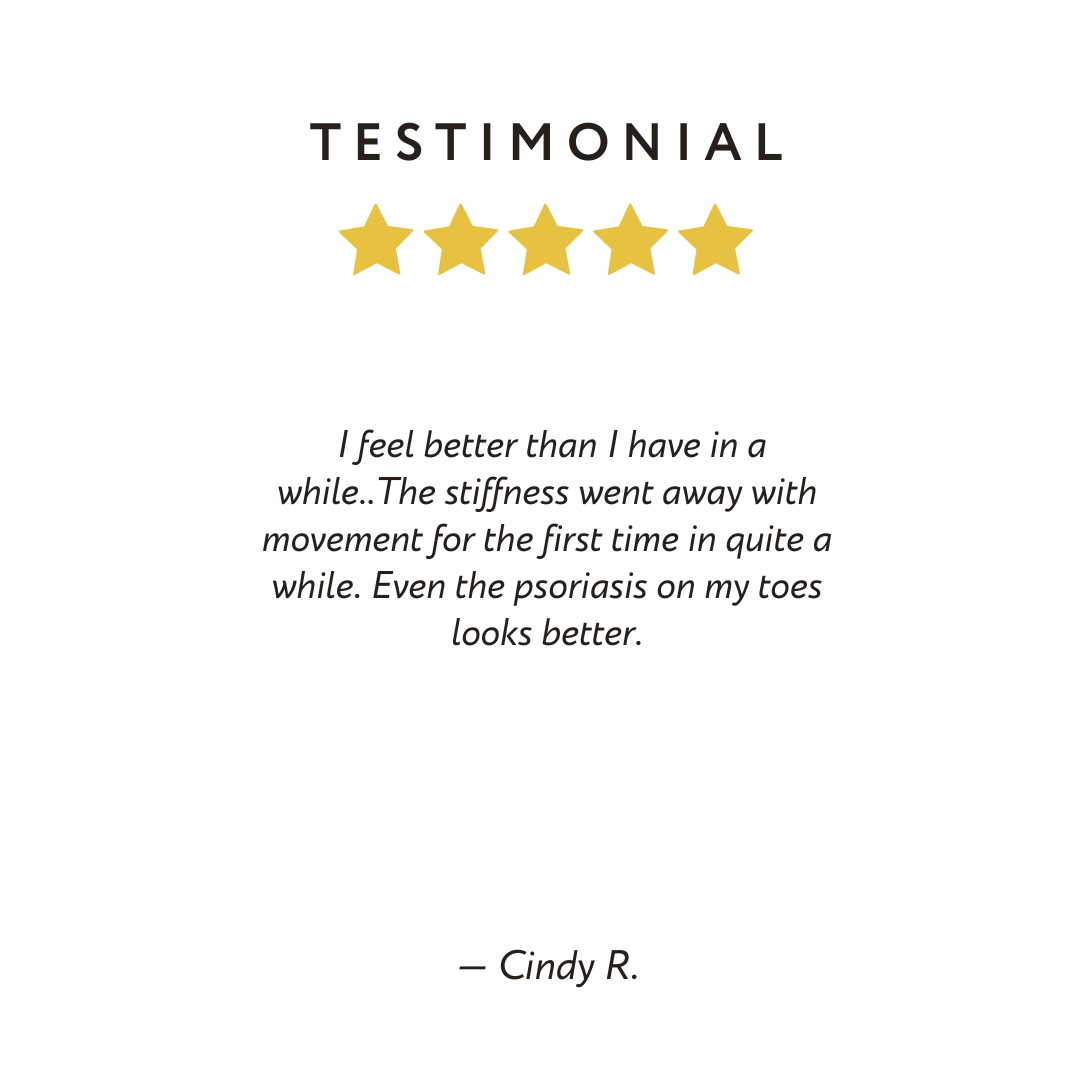Let’s talk Light and air as we continue our trek through part of Dr. David Stewart’s book, The Chemistry of Essential Oils Made Simple.
Essential oils should always be kept in opaque or dark colored transparent bottles. In ancient Egypt and Biblical times, oils were kept in alabaster boxes or jars of limestone, marble or fired ceramics, and usually sealed with a translucent or opaque layer of wax.
Today most properly packaged oils are in dark amber (brown) or dark blue glass bottles. If you should see an oil for sale, claiming to be “essential” and it is in a clear white bottle, it is either not a true essential oil, or the packager simply didn’t know any better. Sadly, whatever essential oil may have been there has been long since destroyed by light.
The tiny size of the molecules are responsible for the aroma and therapeutic value of an oil. These tiny molecules are aromatic because they are light enough to evaporate, get into the air, and enter our noses so we can smell them. Small molecules are therapeutic because they can penetrate the skin and muscle tissue, pass through the blood-brain barrier, and even through cell membranes, working right at the cellular levels and right down to your DNA.
If your oils are exposed to light for a long time, the small molecules join together to make larger molecules. These large molecules don’t easily evaporate and they have no aroma at room temp, nor can they penetrate body tissues or enter into your cells. They have no therapeutic value like those small molecules do.
Basically, light will eventually destroy an essential oil, chemically altering it into a substance that is no longer of any value aromatically or therapeutically.
But don’t worry if your bottle tops are off while if you blend one oil with another, or if you get into doing Raindrop or Neuroauricular techniques. A few minutes, or even a few hours exposure won’t substantially change the composition of your oils….we are talking about exposure to light over days, weeks and months. That will destroy an essential oil.

Now let’s talk about air and what it will do to your oils. Dr. Stewart tells us that extended exposure to air will cause an oil to oxidize – the molecules of the oil will take on extra oxygen atoms, which will change their chemistry and therapeutic actions, maybe even destroying it all together. For example, the main ingredient in all citrus oils is d-limonene – it has a very faint fragrance of “citrus”, like orange or lime…it is not strong. But when limonene is exposed to air for a long period of time, what doesn’t evaporate can oxidize into another compound called limonene oxide which smells like turpentine… D-limonene is thought to be a cancer fighter (I have hinted before that you are given hints to research when you read the descriptions of the oils!!) but the benefits of limonene oxide are dubious and unknown and certainly not the same as d-limonene.
Most essential oil bottles have airtight caps along with non-reactive plastic or Teflon dropper caps that make it extremely difficult for any air to circulate into and out of the bottle even when the caps are off – even for an extended period of time like overnight.

That “under the weather season” is fast approaching, too. What are you doing to stay above that wellness line?? Ready for something different?? Ever tried elderberry syrup? How about a foot detox?? Or a Raindrop session? All incredible body support at the cellular level for so many things beyond immune support…Booking here at my house, at a local salon and I can even come to you. You will be amazed at your energy level, how much better you sleep, that brain fog might dissipate, hormones may balance out…overall body support is always the answer, my friend. What’s holding you back from feeling your best?? Message me and let’s get your session booked.
Be well,
by: Vicki Lyn Merrill©, CRTS, LSH
Holistic Practitioner
Certified Vitality Lifestyle Coach
207 480 0356
All Rights Reserved
Without Prejudice












